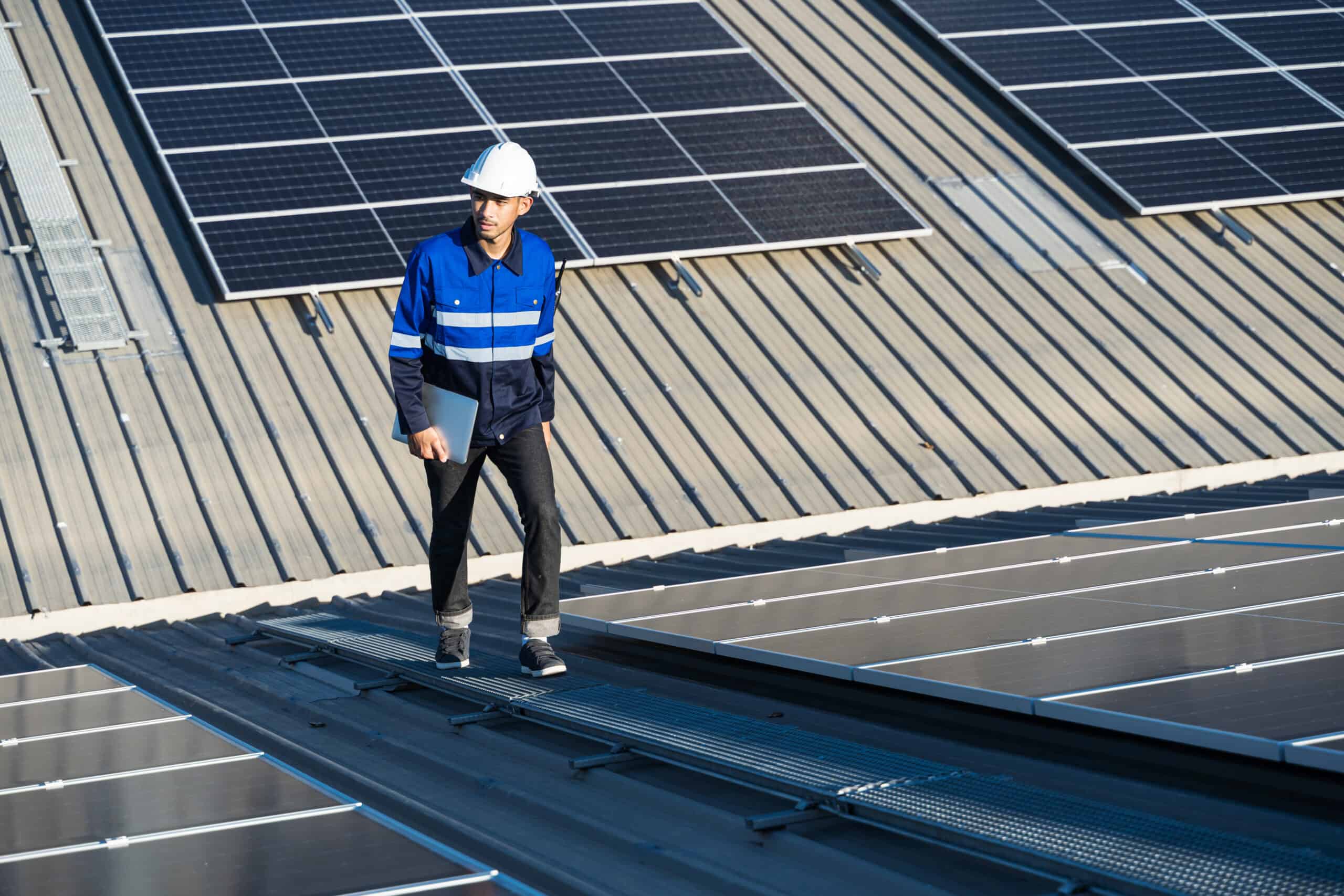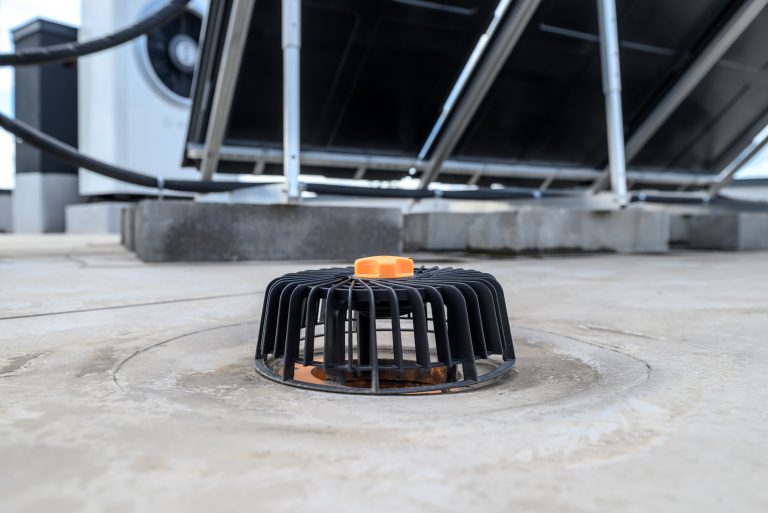As cold weather approaches, it’s important to start preparing your property for the inclement conditions that accompany Canadian winters. From replacing caulking to scheduling snow removal, a few simple precautions can be a valuable safeguard against potential emergencies, ensuring that your investment, and your tenants, remain safe. Read on for five ways to winterize your commercial property this season.
1. Prepare Pipes, Gas Lines, and HVAC
Pipes and gas lines should be examined for any leaks and cracks, and insulation added if needed to add protection against the elements. The HVAC system should be thoroughly inspected by a professional, and if possible, a smart thermostat should be installed so that temperature can be more easily controlled. Note that even insulated pipes can freeze and crack if the HVAC system is turned off; be sure to maintain a temperature of at least fifteen degrees Celsius to avoid damage, and consider turning off the main water valve if the property is not in use.
2. Inspect the Roof
The roof is a crucial first defense against the weather, and must be capable of supporting the weight of snow and ice throughout the winter season. Inspect it for missing shingles, clogged gutters, holes, and other signs of damage. If any issues are detected, ensure that they are repaired prior to winter.
3. Replace Caulking and Weather Stripping
Drafts lead to costly heat loss and can cause other issues, as a damp, poorly insulated environment is guaranteed to negatively impact the health of your commercial property. To prevent this, all caulking and weather stripping around windows, doors, and other drafty areas should be examined and replaced.
4. Consider Lighting
Long, dark nights are a hallmark of winter – and create the perfect conditions for accidents to occur or for troublemakers to find an opportunity. Whether you’re worried about trespassers or the safety of your tenants on slippery paths, a good lighting system surrounding your building will go a long way toward reducing risk, especially if the system includes motion sensors.
5. Schedule Property Maintenance
Trees that are located close to a commercial property are a potential source of damage and injury, as branches may crack and fall in the winter. Paths, driveways, parking lots, and other outdoor areas can also pose a safety concern if they are damaged or inaccessible. Schedule property maintenance prior to the winter to identify and correct any issues, and at the same time, confirm any contracts you have for winter maintenance, such as snow and ice removal.
These five simple actions can go a long way toward protecting your property – and those who interact with it – from harm. By taking these steps now, you can rest easy during the winter, confident in the knowledge that your investment is ready to handle anything the weather might bring.
Looking for a team to take the lead on your next project? At Pulse Construction, we’re committed to doing business with an honest, professional, and competitive approach – without compromising safety or schedules. Contact us today for all of your building needs.



